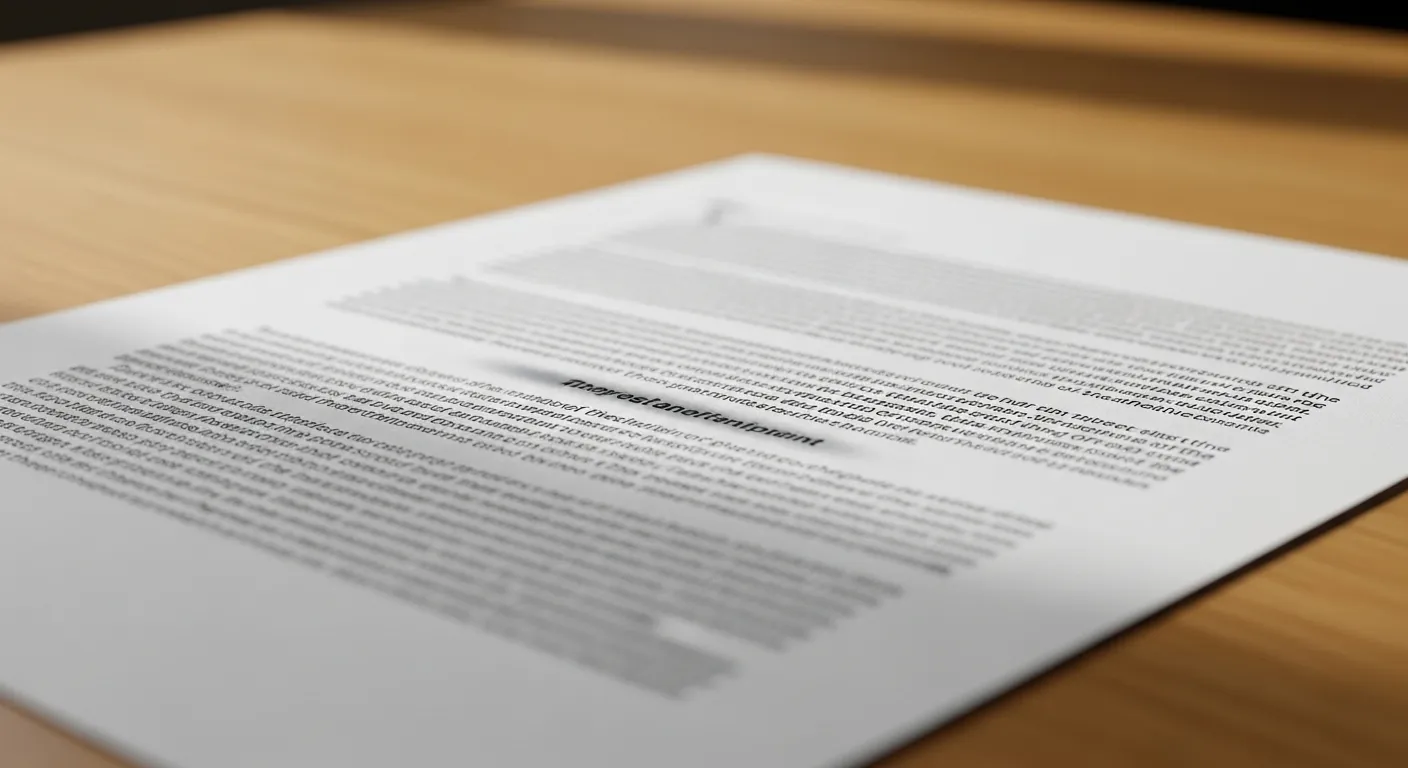
Common Mistakes and How to Avoid Them
Creating a medical directive is a significant achievement, but certain pitfalls can undermine its effectiveness. Being aware of these common mistakes can help you create documents that are clear, legally sound, and truly reflect your wishes.
Mistake 1: Using Vague or Ambiguous Language
One of the most frequent errors is using imprecise language. Phrases like “no heroic measures” or “do whatever it takes to keep me comfortable” are open to interpretation. Your family members and doctors might have very different ideas about what “heroic” or “comfortable” means. This ambiguity can lead to confusion and conflict precisely when clarity is needed most.
How to Avoid It: Be specific. Instead of general statements, address particular medical treatments. For example, state clearly: “I do not want to be placed on a mechanical ventilator if I am in a permanent vegetative state.” Or, “I do want to receive artificial nutrition and hydration unless my physician determines it would cause me pain.” The more detailed you are about specific procedures (like CPR, tube feeding, dialysis), the less room there is for misinterpretation.
Mistake 2: Choosing the Wrong Healthcare Agent
People often default to appointing their spouse or eldest child as their healthcare agent without considering whether that person is the best fit for the role. An agent who is too emotional, easily intimidated by medical staff, or who might struggle to carry out wishes they disagree with can be a poor choice. The role requires a unique combination of compassion and strength.
How to Avoid It: Choose your agent based on their ability to be a strong, level-headed advocate, not on their relationship to you. Have a frank conversation with your potential agent. Ask them, “If the doctors told you I had no chance of recovery and my living will says to remove life support, could you make that call?” If they hesitate or express that it would be too difficult, you should choose someone else. Remember to name an alternate agent as well.
Mistake 3: The “Set It and Forget It” Approach
Life changes, and so can your feelings about medical care. A directive you created in your fifties might not reflect your wishes after a new diagnosis, a marriage, a divorce, or the death of a loved one in your seventies. Failing to update your documents can lead to them being outdated and potentially misrepresenting your current desires.
How to Avoid It: Review your advance directives every five to ten years, or after any major life event. A good rule of thumb is to review them whenever you experience one of the “Five D’s”:
- Decade: When you start a new decade of your life (e.g., turn 60, 70, 80).
- Death: After the death of a close family member or your named agent.
- Divorce: Following a divorce or major change in family relationships.
- Diagnosis: After receiving a diagnosis for a serious illness.
- Decline: When you notice a significant decline in your health.
If you decide to make changes, be sure to create a new document and destroy all old copies to avoid confusion.
Mistake 4: Failing to Communicate Your Wishes
Simply signing a legal document is not enough. The biggest source of family conflict during a medical crisis is surprise. If your loved ones have never heard you discuss your end-of-life wishes, they may be shocked or resistant when your healthcare agent tries to enforce them. They may feel your agent is making the wrong choice or even question the validity of the document.
How to Avoid It: Talk, talk, and talk again. Have open and honest conversations with your healthcare agent, your alternate, and your close family. Explain not just what you want, but why. Sharing the values and reasoning behind your decisions helps your family understand and accept them. These conversations are difficult, but they are an act of love that prevents future anguish.
Mistake 5: Hiding Your Directives
You have done all the work to create your directives, but if no one can find them in an emergency, they are worthless. The single worst place to keep the original document is in a bank’s safe deposit box. Access is limited to banking hours and may require a court order after your death, which is far too late for a medical directive.
How to Avoid It: Ensure multiple people know where to find your documents. Give signed copies to your agent, alternate agent, and your doctor to place in your medical file. Keep your original in a designated, accessible place at home, such as a folder labeled “In Case of Emergency” in your desk or file cabinet. Tell your loved ones where this folder is. A wallet card stating you have a directive and who to contact is another excellent way to ensure your wishes are known.




